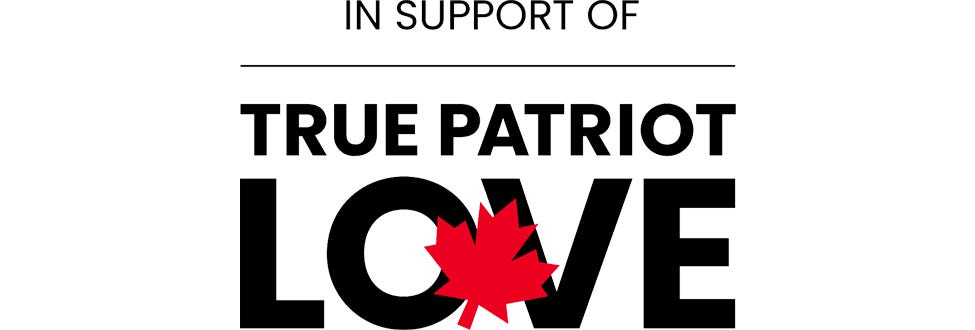Top 7 Construction Safety Tips & Best Practices to Protect Your Employees
- Jan 20, 2021

Construction ranks as some of the most dangerous work in the U.S. Slip-and-falls, running equipment and machinery, exposure to harmful substances, falling objects, fires, and explosions are common occupational hazards that a contractor, owners of construction businesses, and employees may face daily. It’s essential for construction professionals to make workplace safety a priority for themselves and others from small to large jobs.
There are many ways employees can get hurt on the job site, so it’s essential to implement and maintain the following safety precautions to decrease the chances of injuries and fatalities.
1. Take Safety Seriously
Cutting corners, poor communication, and lack of training are unacceptable in the skilled trades. In construction, the potential for injury is too high not to make safety a priority for everyone on the job site. While part of that responsibility is on leadership, maintaining safety on job sites should be a joint effort. However, it’s the construction officers and managers jobs to stay current with OSHA safety and health programs while communicating these rules to the rest of their employees.
Additionally, providing employees with updated protective gear, supporting fall prevention measures, understanding and communicating chemical hazards, maintaining the proper installation of scaffolding, and regularly monitoring tools and equipment will all need to be overseen by the higher-ups. The construction officers and managers will help to stress the importance of taking safety seriously while providing proper training and equipment. However, it’s the laborers jobs to understand the appropriate use of tools, education, and communication to minimize injury or death.
2. Wear Personal Protective Equipment (PPE)
Injuries can happen at any time and from anywhere on a construction site. All construction workers must wear PPE at all times. Using the correct PPE for a job can drastically reduce the chances of workplace accidents and deaths. While death is always a significant concern, PPE can help shield you from injuries (which may become chronic) to your eyes, hands, head, feet, and more. Standard PPE to provide on job sites include:
- Gloves;
- Safety goggles;
- Respirators/masks;
- Hard hats;
- Steel toe and slip-resistant boots/shoes;
- Earmuffs/earplugs;
- High-vis vests.
This PPE is meant to reduce injuries and deaths that can be involved in the fatal four of construction hazards — falls, struck-by, caught-in/between, and electrocution. Along with safety training, the properties of PPE can help everyone stay safe while doing their job.
3. Use the Right Tool for the Job
Carefully planning what tools you'll need for various construction jobs is another way to increase workplace safety for construction workers. Using the right tool for the job will make it easier to get the job done both quickly and efficiently while also reducing damage to equipment and potential injury of workers.
Using anything from the wrong saw, ladder, or picking the wrong hammer can lead to a possible accident. For almost every job, there are various tools that can get the job done; however, finding appropriate tools engineered for functionality and durability can save time, energy, and help avoid any injuries.
4. Inspect Tools & Equipment Regularly
Naturally, high-quality tools and equipment last longer and are easier to work with. However, any tool or piece of machinery will break after prolonged use from simple wear and tear. Having a tool or piece of equipment break while you are using it can cause a severe accident.
The regular inspection of tools and equipment can let workers know when something is about to break and if they need to fix or replace the device. The inspection process will also include cleaning your tools regularly to minimize further breakage. Taking this precaution can catch a potential disaster before it even happens and keep everyone safe on the job site.
5. Keep Job Sites Clean
Cluttered work areas, whether crowded with tools and equipment or workers themselves, create unnecessary hazards and risk of injury. Ensuring walkways are clear of debris and free of slippery substances can minimize slip and falls – a common cause of injury for construction workers. The regular and proper disposal of materials and substances on the job site should also be a standard procedure.
Additionally, supervisors need to make sure their workers aren't standing around watching one person work with a large piece of machinery. If this machinery breaks down, or if there is a failure while operating the machinery, there is potential for employees to get hurt. Making sure coworkers aren't standing around watching this machinery will also help them stay focused on their own tasks and get the job done faster.
6. Provide Regular Safety Training
Employees should always strive to stay up-to-date and current with the safety procedures of today's construction industry. However, the construction officers, foreman, and business owners will need to understand construction workplace safety and provide training to everyone to minimize injuries.
With new tools and machinery comes new ways to operate them. Additionally, as the construction industry evolves, so will safety and training. For everyone to put their best foot forward, construction safety regulations must be up to date including current best practices to prevent injury.
7. Communicate
Good communication is a quality you should look for in any employee. On the job site, communication not only will increase efficiency but will also minimize injury. It’s recommended that laborers and foremen speak up when they feel unsafe. Additionally, a constant communication channel should be established to identify potential hazards in the various areas around the job site so everyone is advised and aware of potential dangers they may face.
The hazards of a construction site are numerous and consequential. The good news is that you can make workers feel safe and be safe with a few simple steps while performing a task on the job site.









